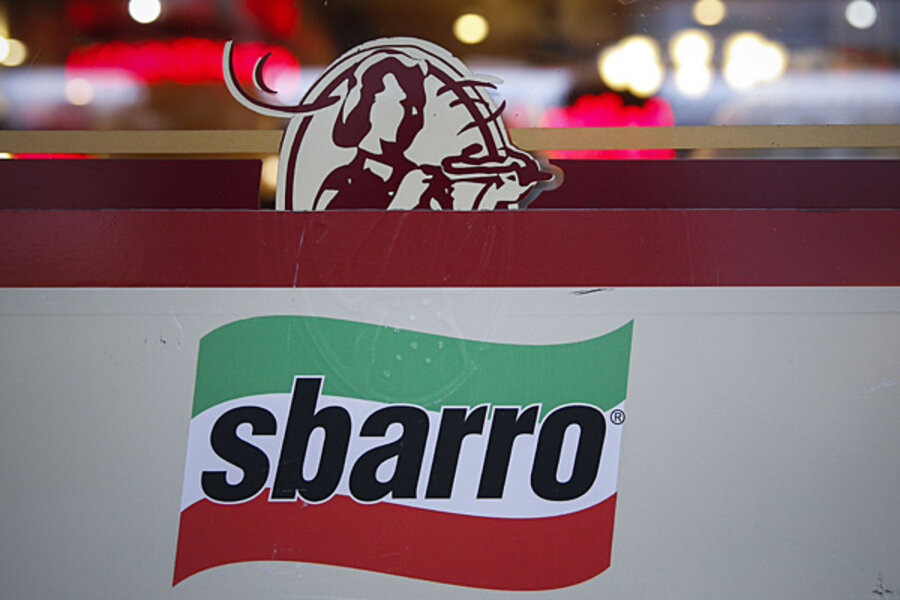Sbarro exits bankruptcy. Can it become the Chipotle of pizza?
Loading...
There are few more troubled brands in the restaurant industry than Sbarro, the pizza chain that was ubiquitous in airports and malls across America just a few short years ago. But after hundreds of store closings and two trips through bankruptcy court, the restaurant appears poised to try for a comeback.
Sbarro emerged from bankruptcy on Monday, just a few months after its initial filing in March. A court judge approved the company’s restructuring plan on May 19. It has new owners, including private equity firms Apollo Global, Babson Capital, and Guggenheim Investment, according to Forbes.
The chain also announced that it would be moving its headquarters from New York to Ohio, in part to cut costs but mainly to be closer to Pizza Cucinova, its new fast-casual restaurant concept.
At first glance, any investment interest at all in Sbarro seems puzzling. It goes against everything that’s currently trendy in the restaurant industry – the chain operates primarily in malls, which have seen a huge decline in both foot traffic and food court spending. It serves pizza sitting under heat lamps when customers are increasingly interested in food that’s freshly made. But looking at Pizza Cucinova, it’s easier to see why a Sbarro might not be such a far-fetched idea.
For one, it gets the company into the fast-casual space, which multiple reports suggest is the fastest-growing sector in the restaurant industry. The two locations that have opened up so far in Columbus, Ohio, are free-standing or part of a larger, “town center” style shopping complex. Customers’ pizzas are assembled and cooked to order, like they would be at a Chipotle or other fast-casual chain. The chain’s website design is modern and golden-toned; you wouldn't guess it had anything to do with the old pizza chain at the front of your local airport.
The restaurant industry clearly sees an untapped opportunity in the fast-casual pizza sector, as more established chains like Pizza Hut and Domino’s struggle. Chipotle has its own pizza venture, Pizzeria Locale, which opened its first location in Denver in December. But Sbarro has an advantage: If the Pizza Cucinova concept proves successful, the company has hundreds of fading Sbarro locations that could be flipped into the new restaurant.
That doesn’t mean that the company’s turnaround after years of financial losses and store closings is a sure thing. This most recent bankruptcy was its second in three years; it closed 155 of its 400 North American stores in February. Furthermore, two Chapter 11 filings in such a short period don’t generally bode well, as David Madoff, an attorney with Madoff and Khoury LLP, based in Foxboro, Mass., told the Monitor in March. “It’s like fixing an old shoe,” he said. “You can keep on repairing it, but every time it gets weaker and weaker.”








